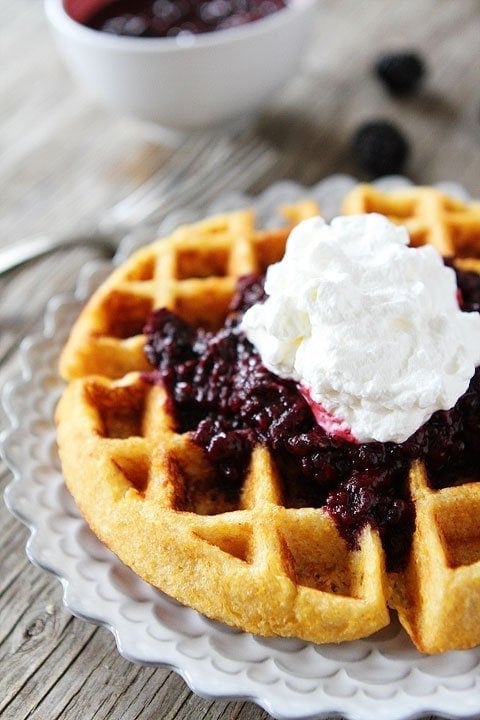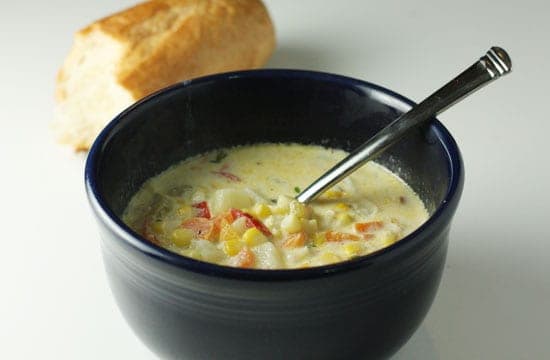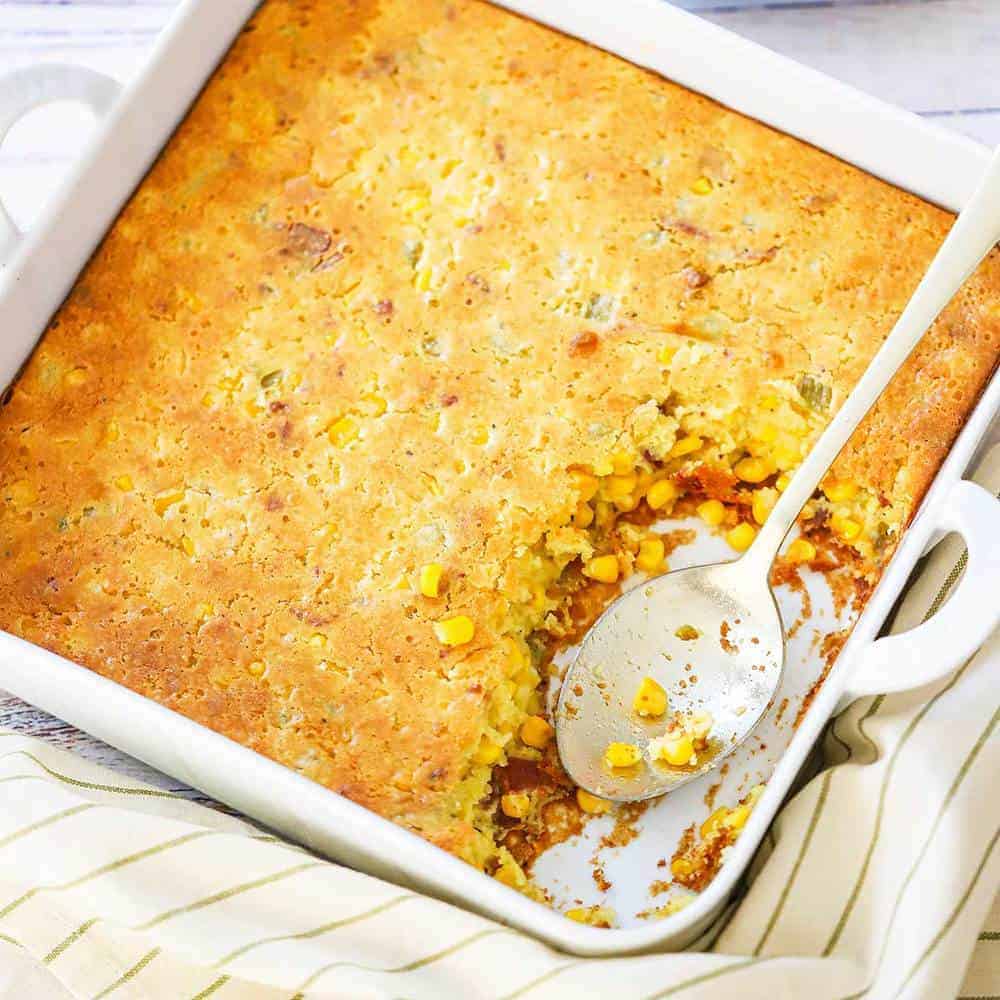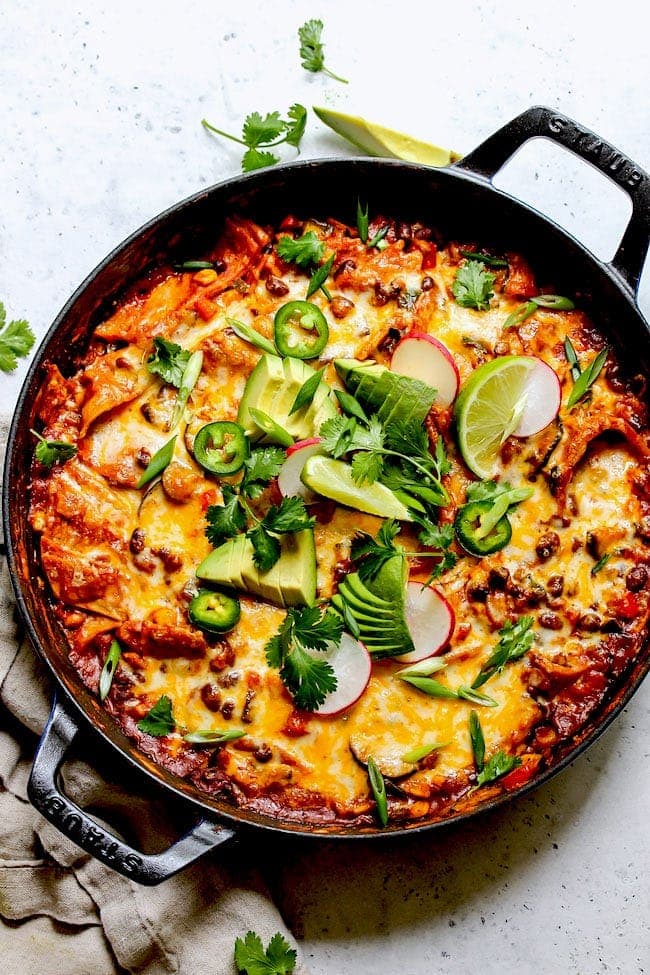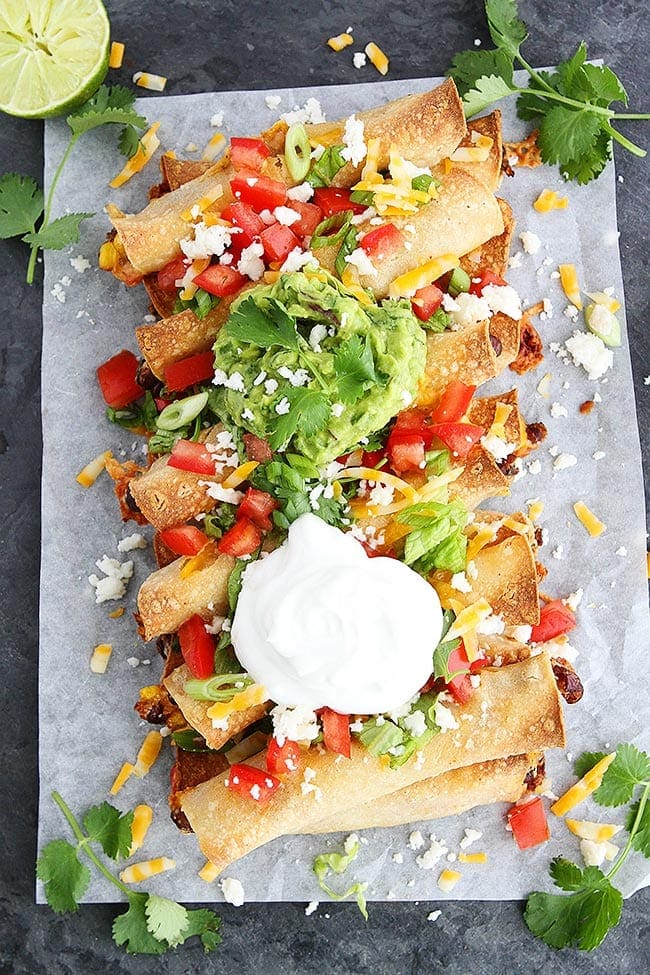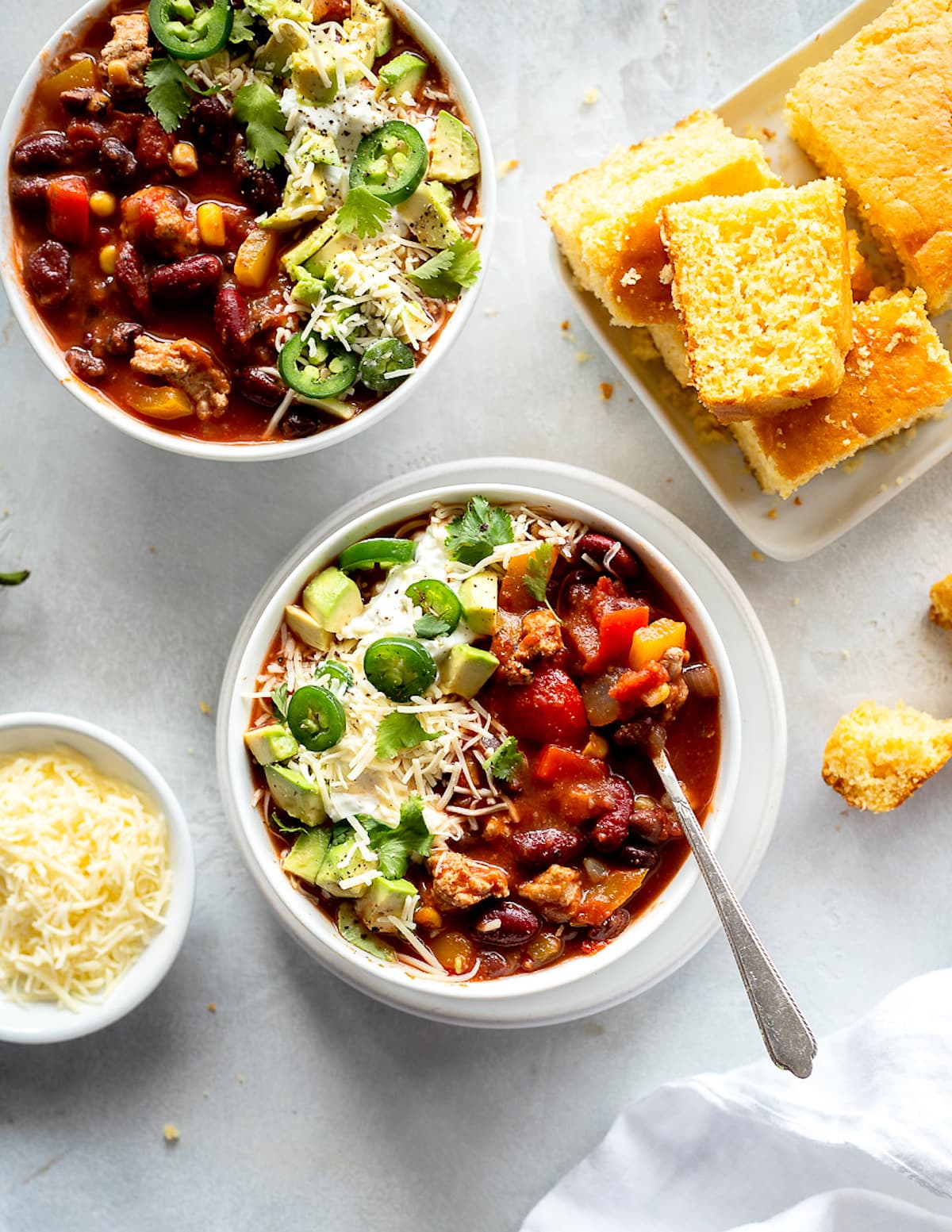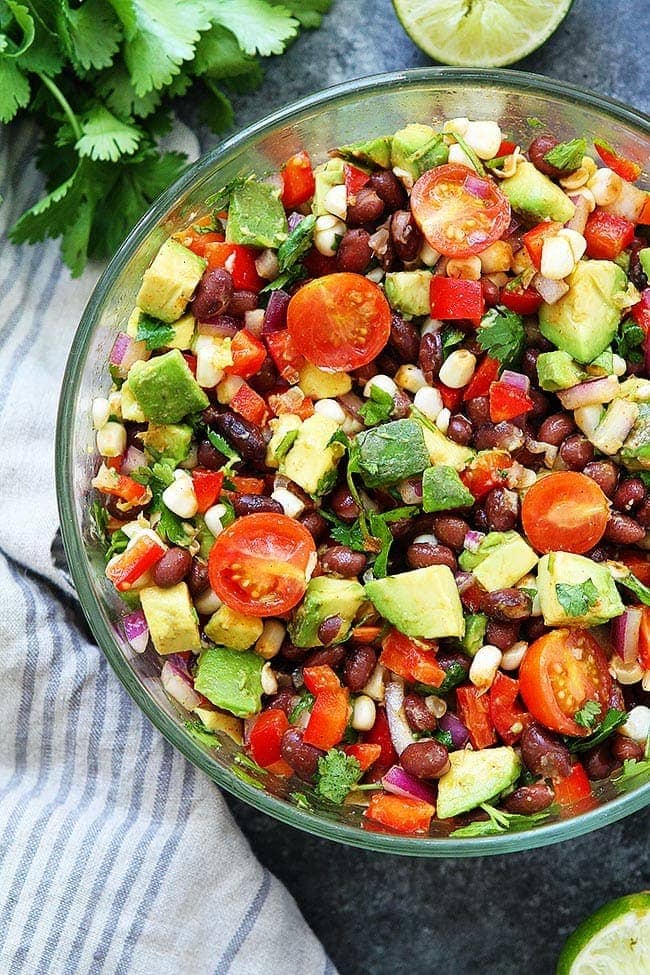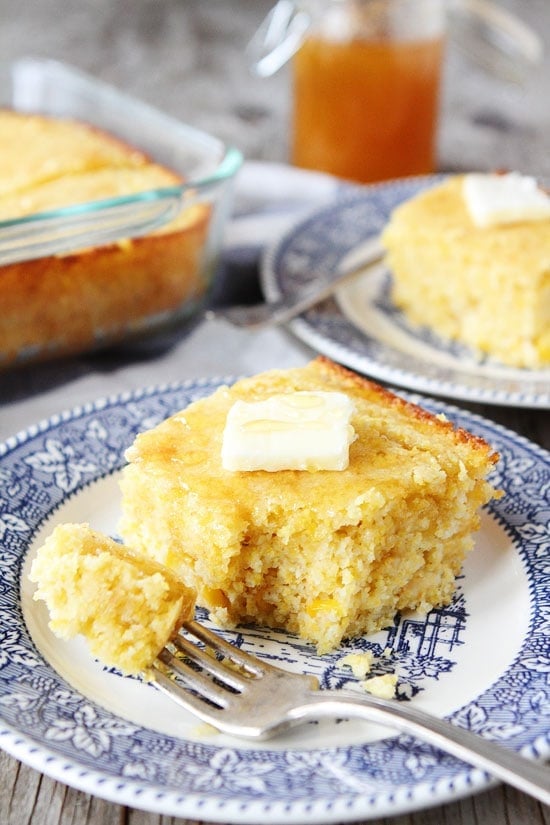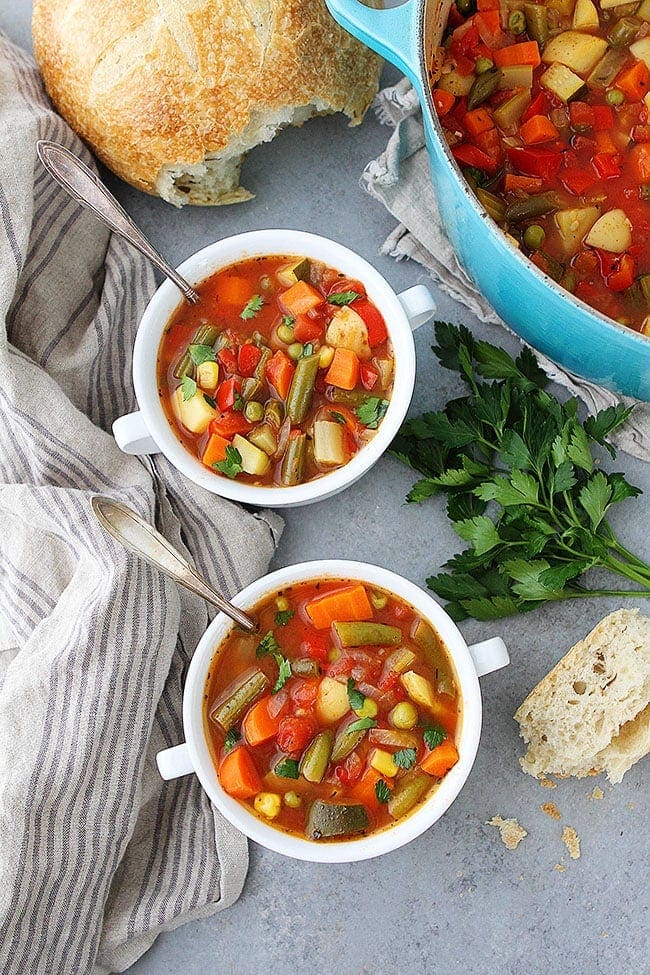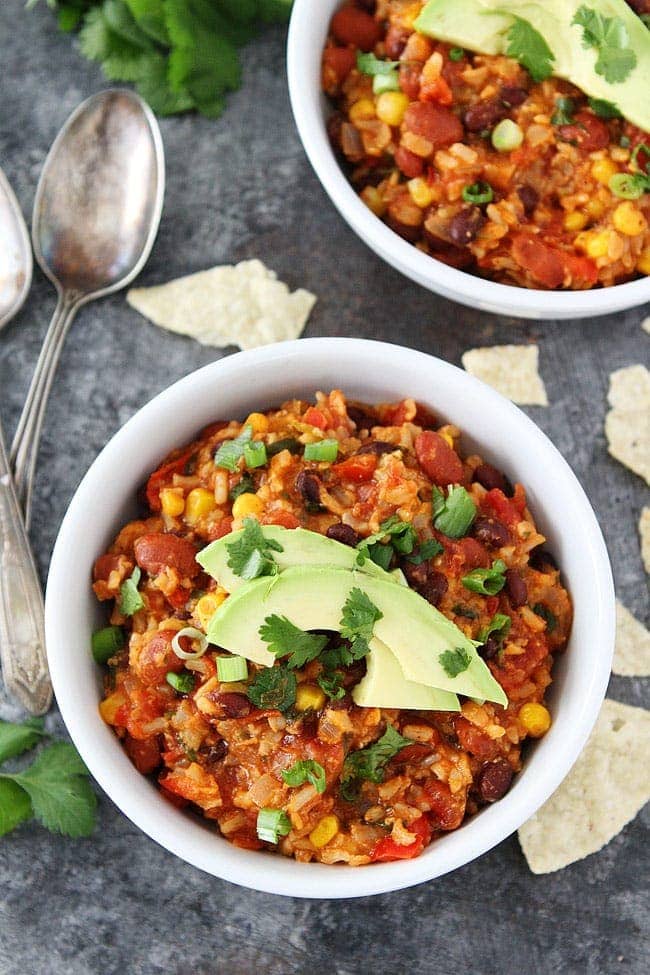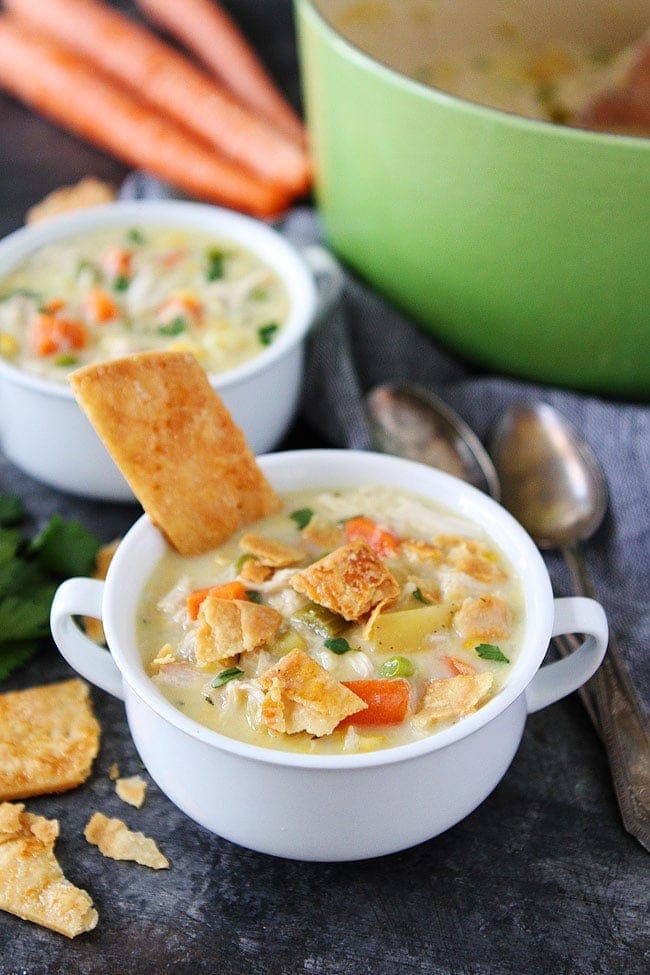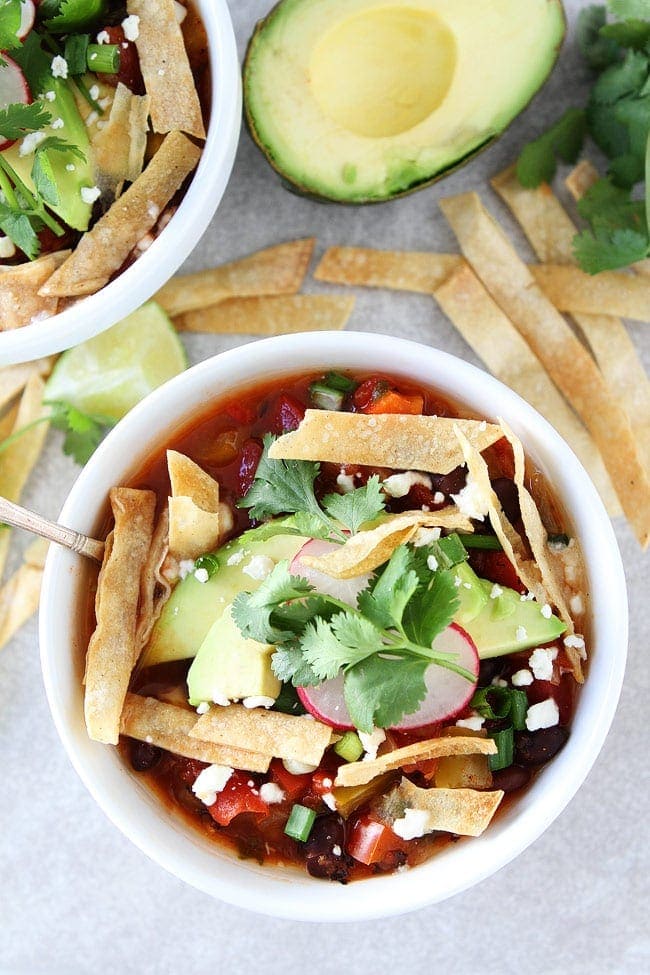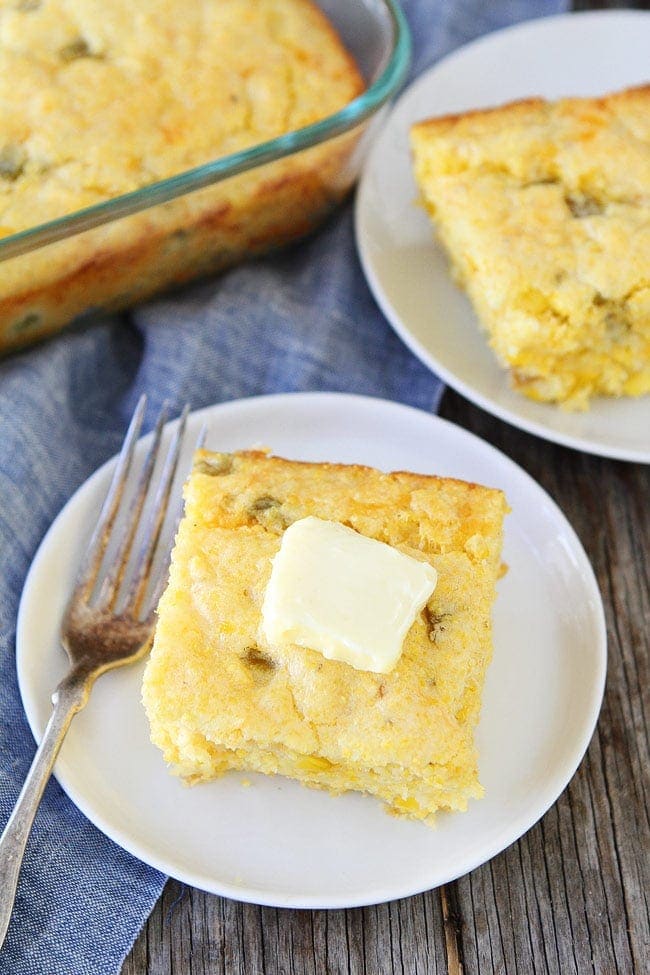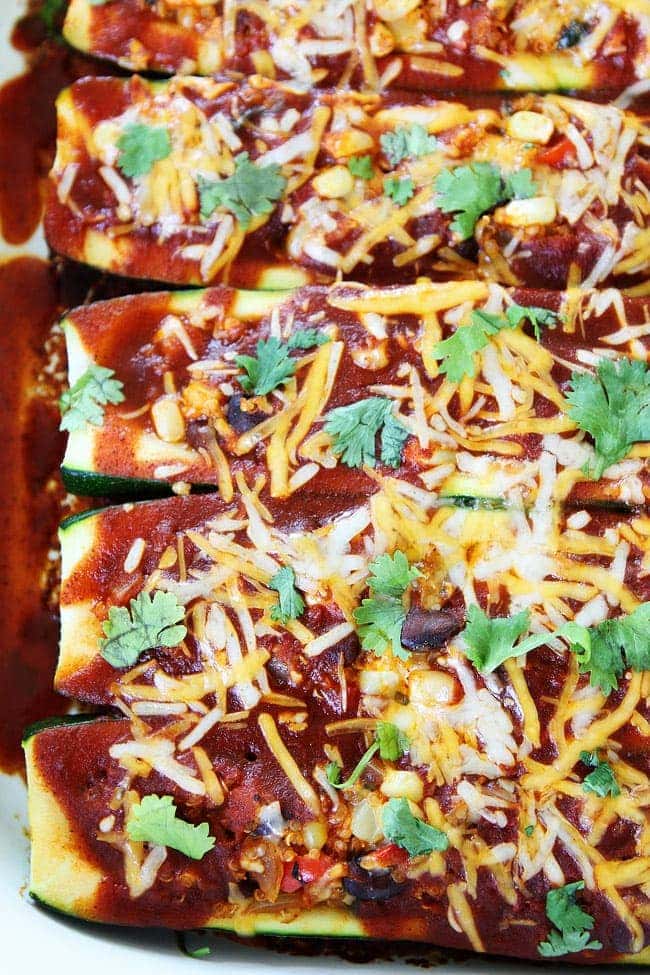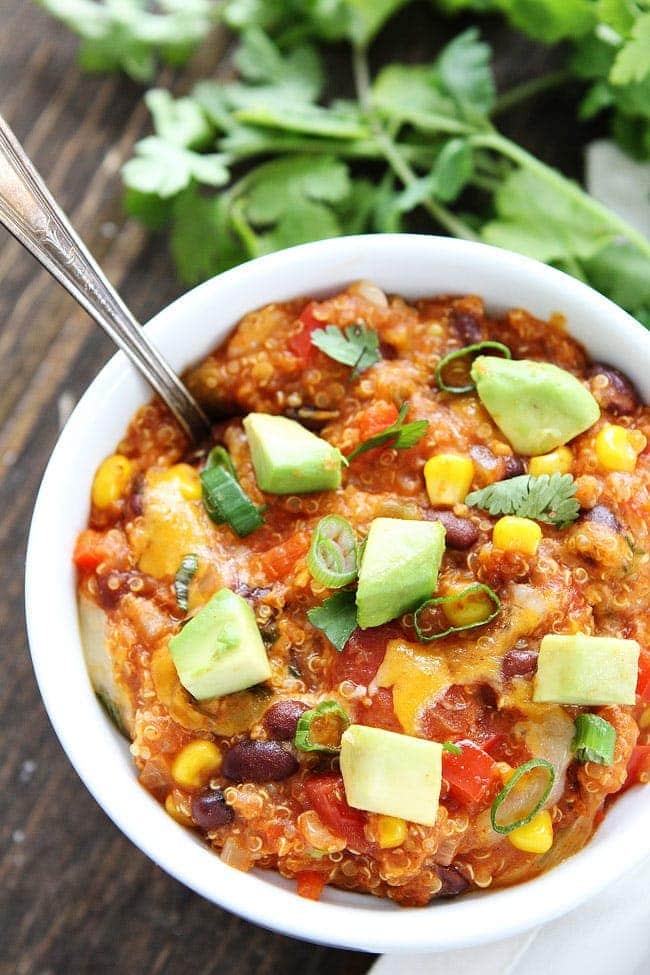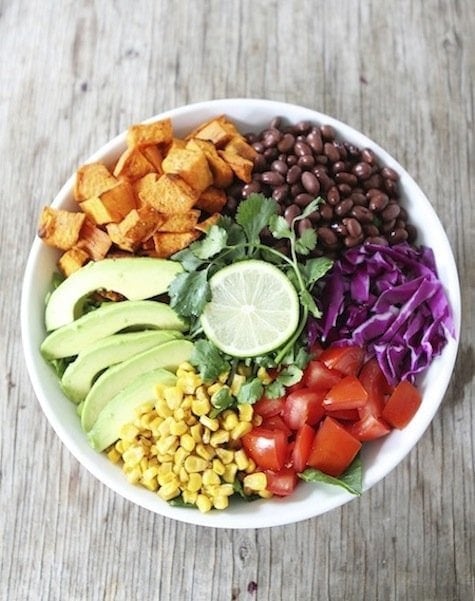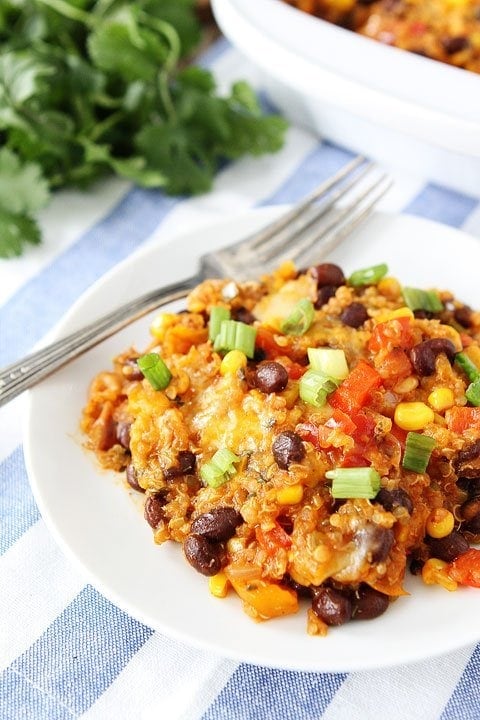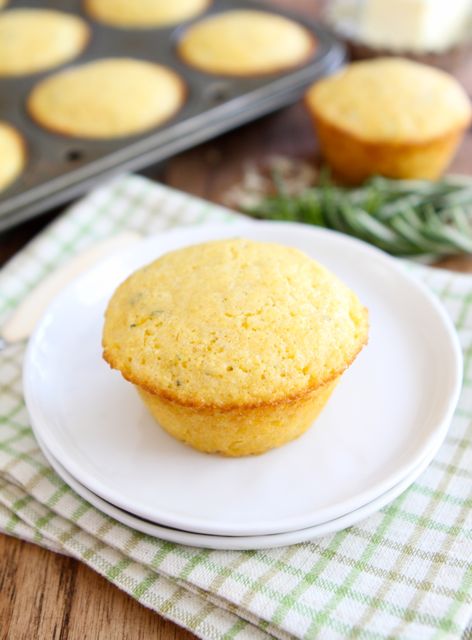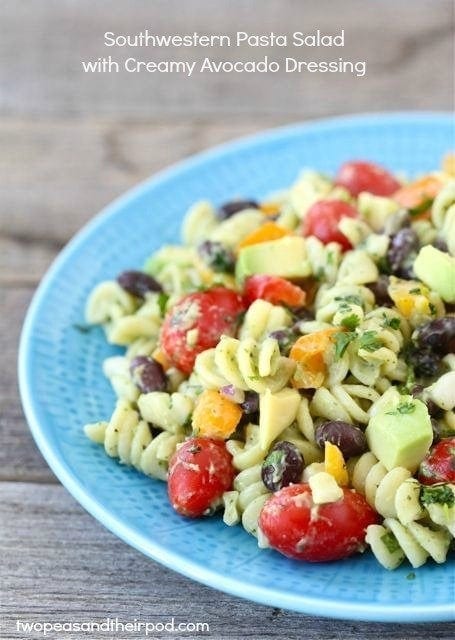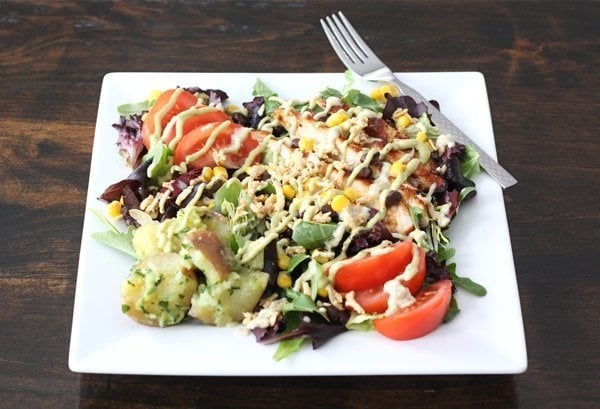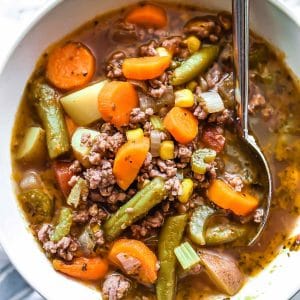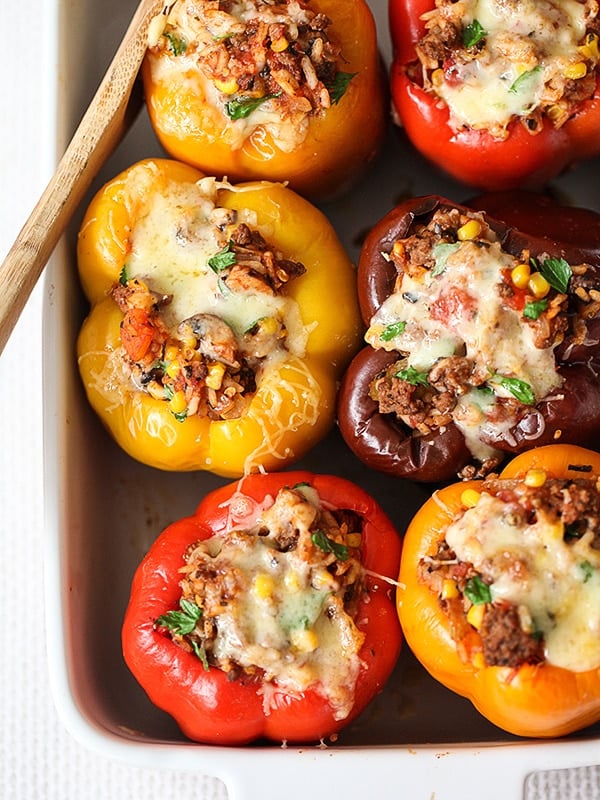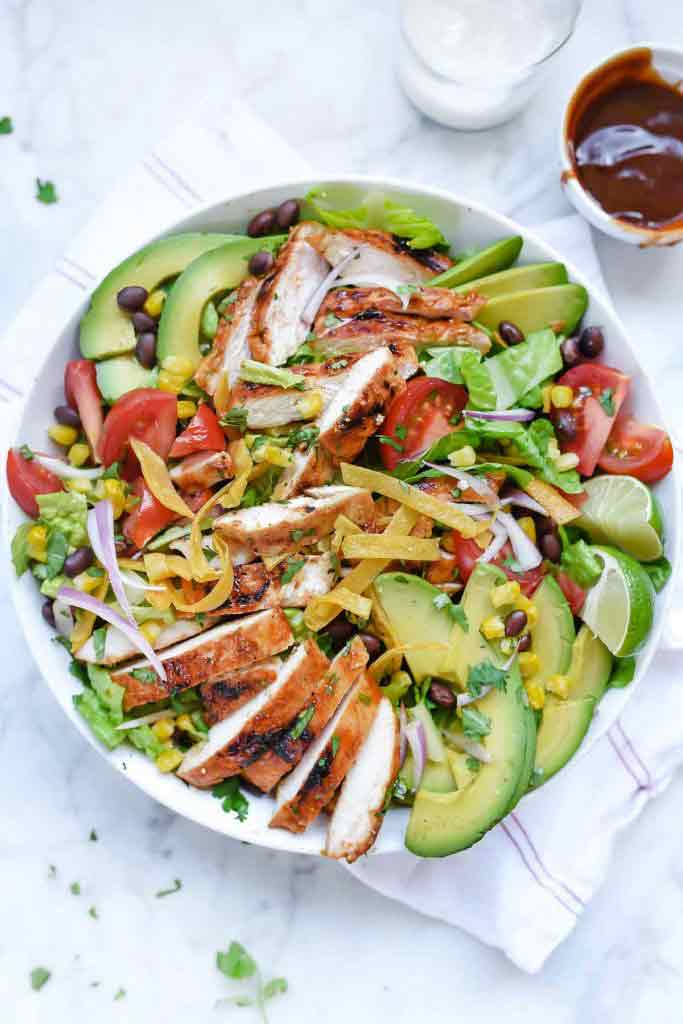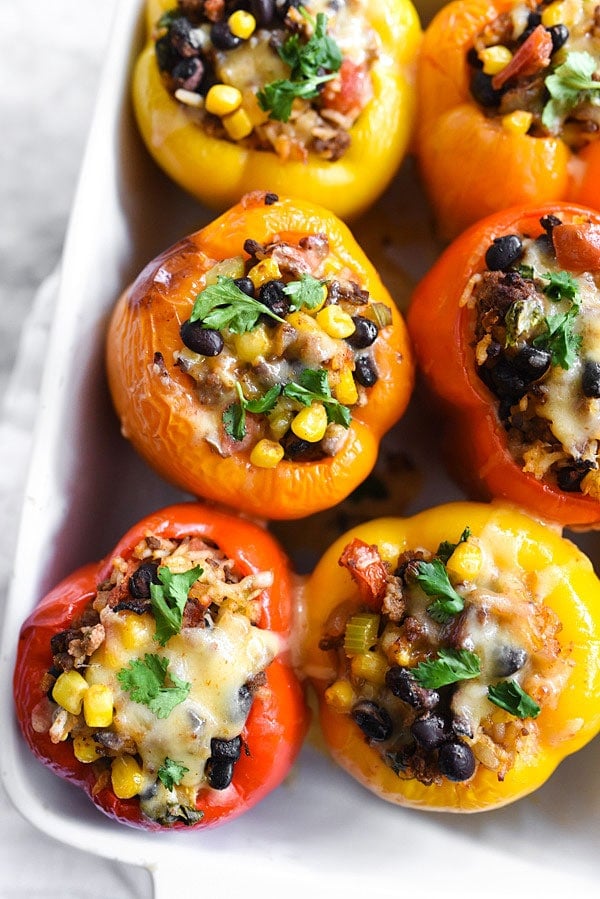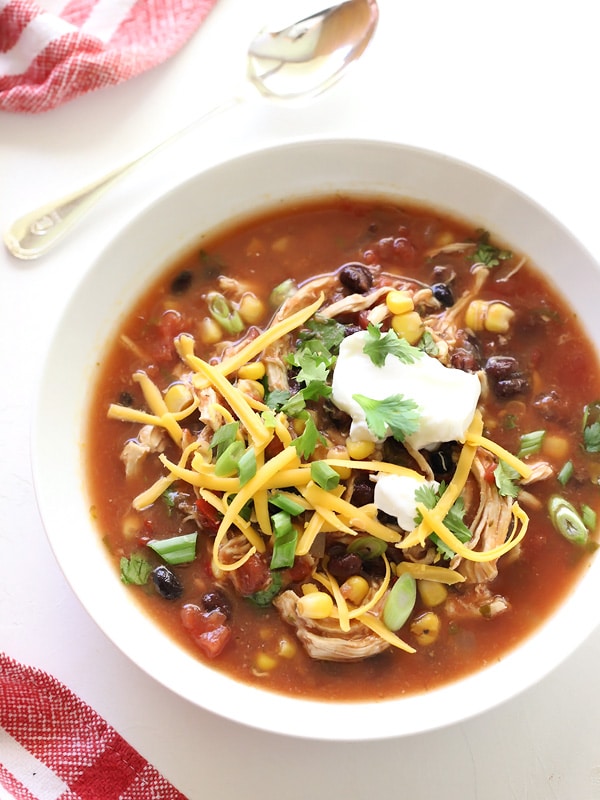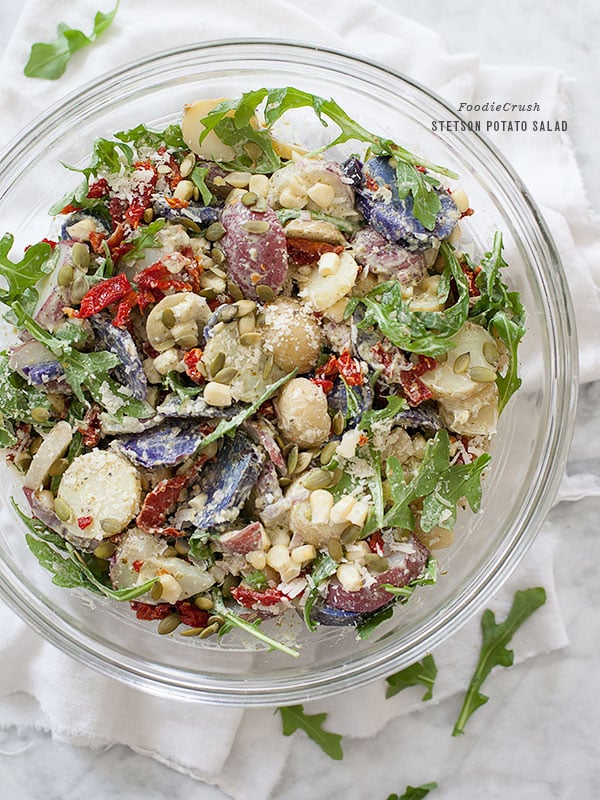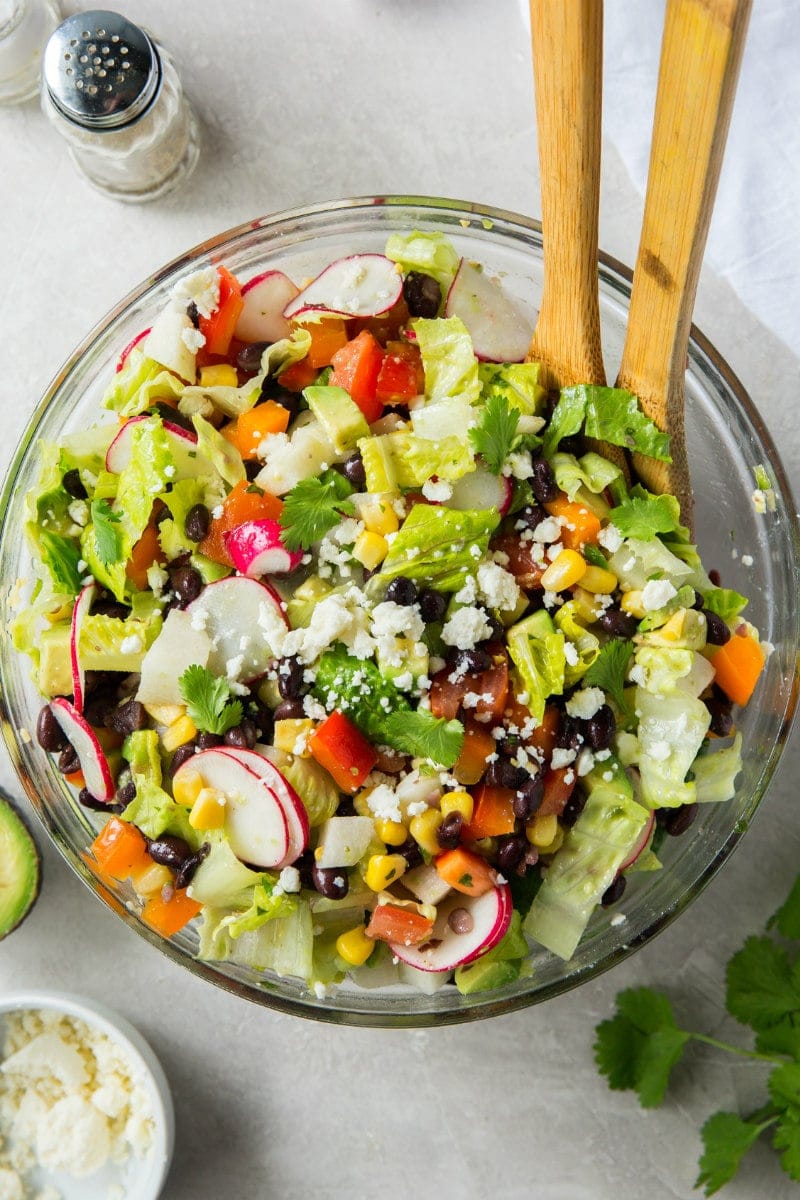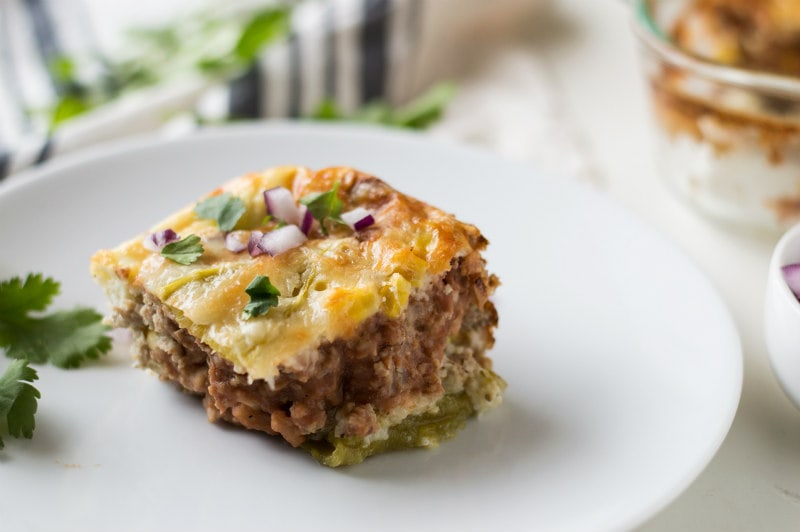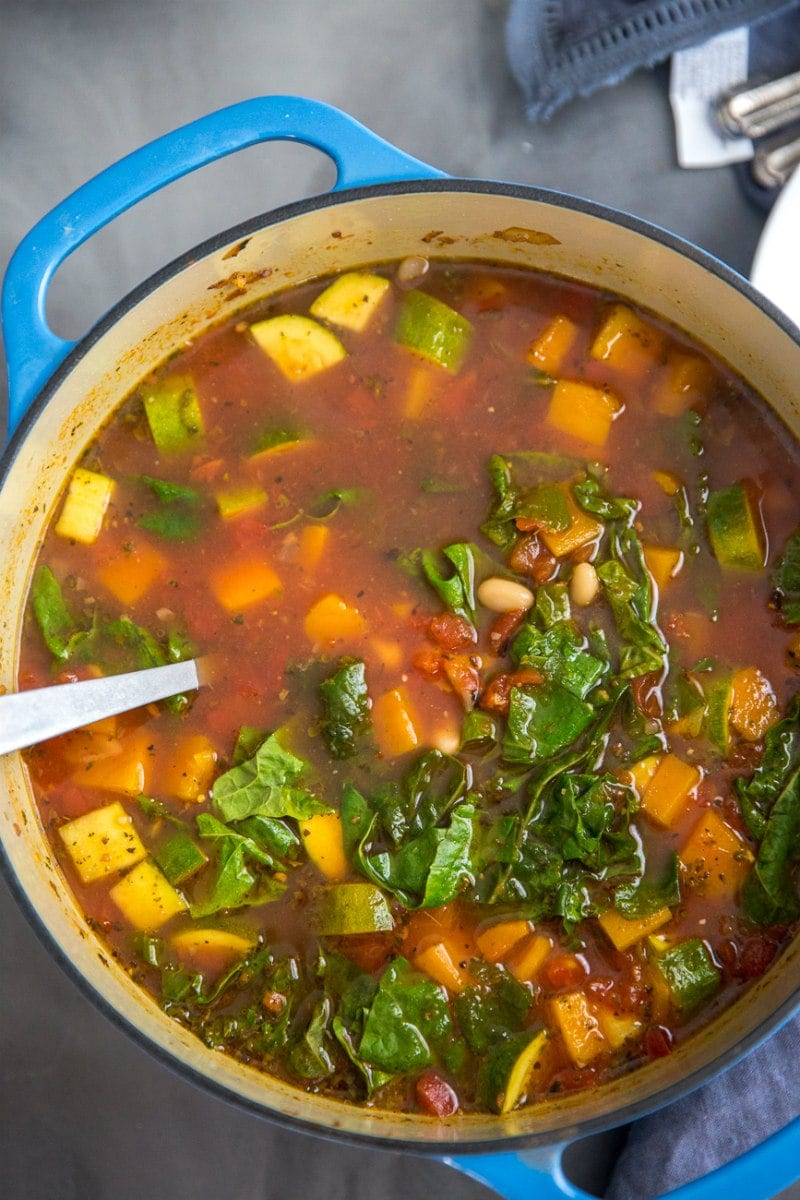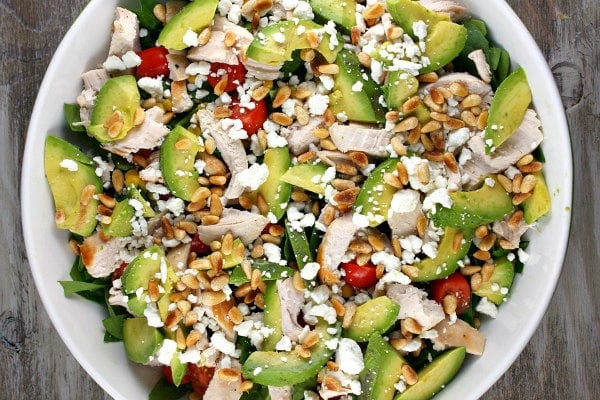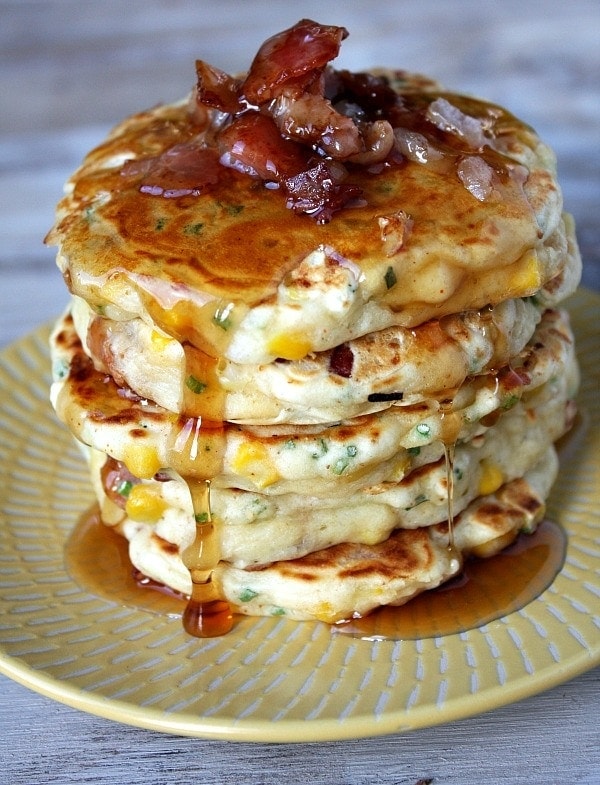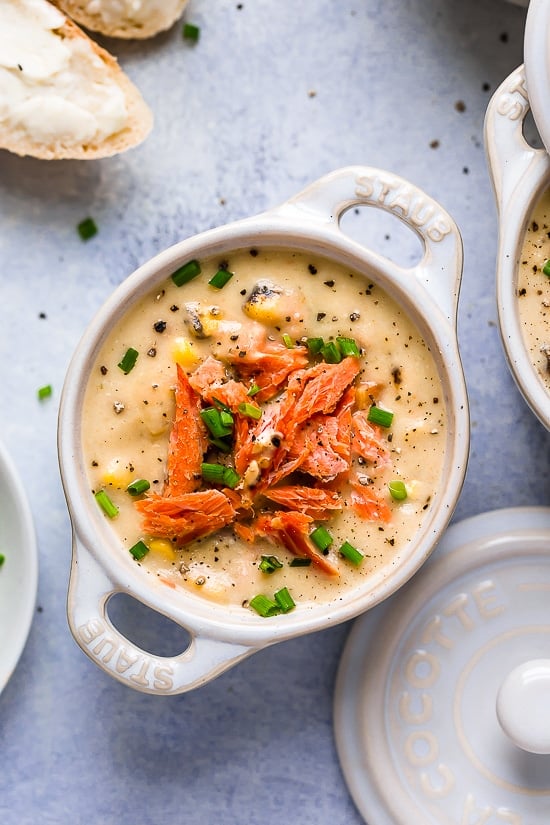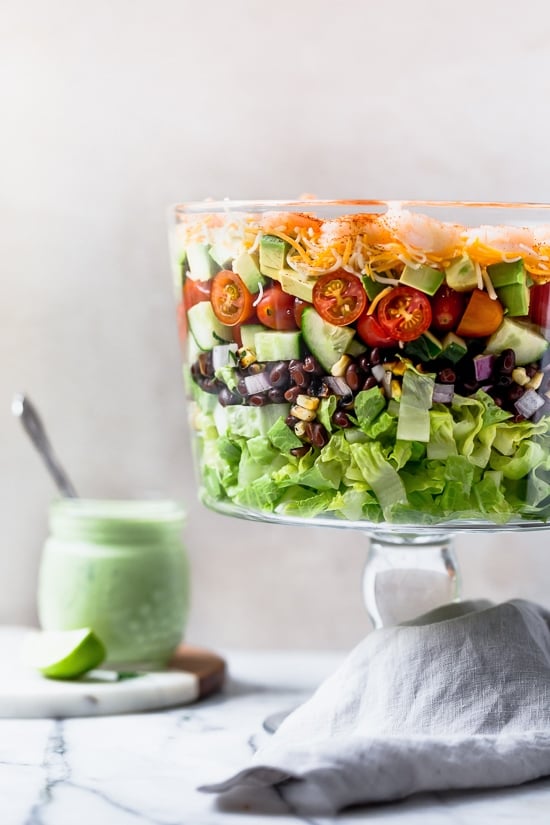Corn: Important Facts, Health Benefits, and Recipes
Explore the health benefits of corn, its nutritional information, and various types of corn, along with delicious recipes and tips for keeping corn fresh!
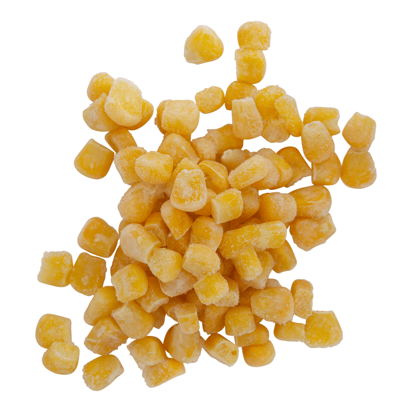
Best Corn Recipes
-
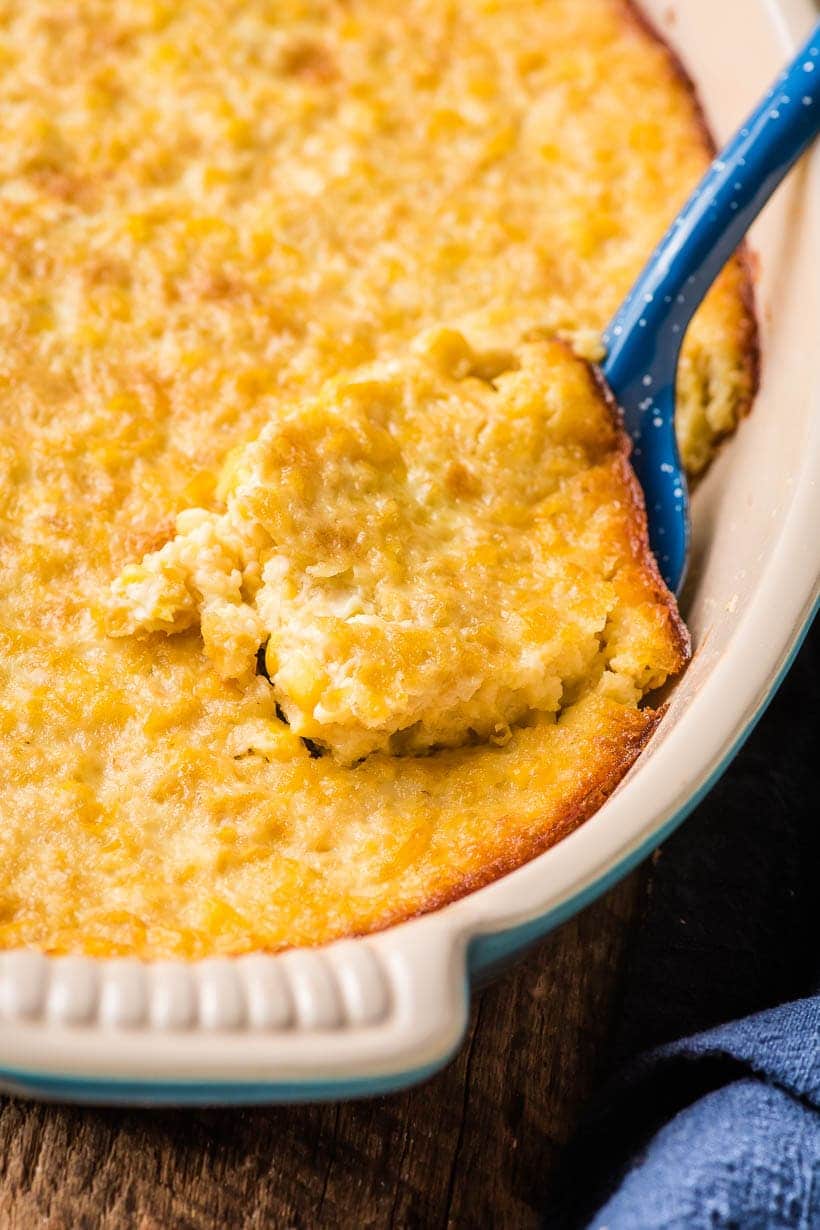
-
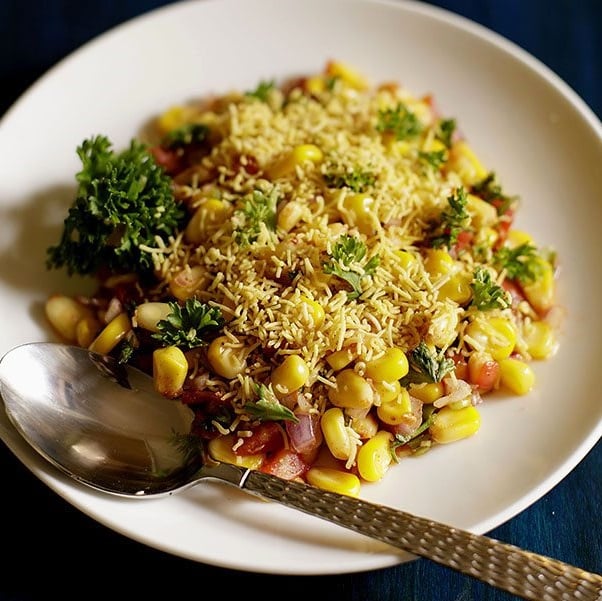
-

-
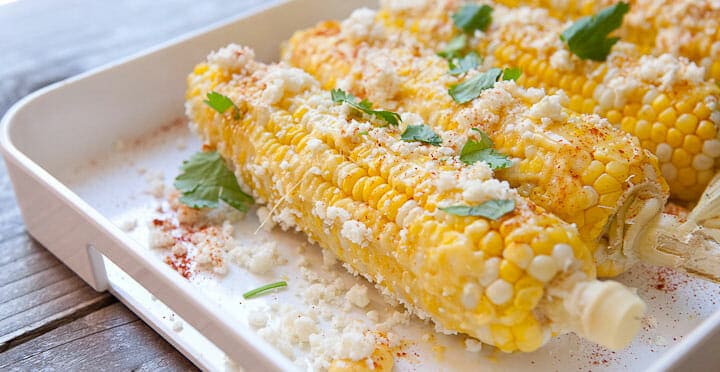
-
:max_bytes(150000):strip_icc()/Simply-Recipes-Poblano-Corn-Chowder-LEAD-2-42c3e3a77e234f6bafbdbe564f555ce6.jpg)
-

-
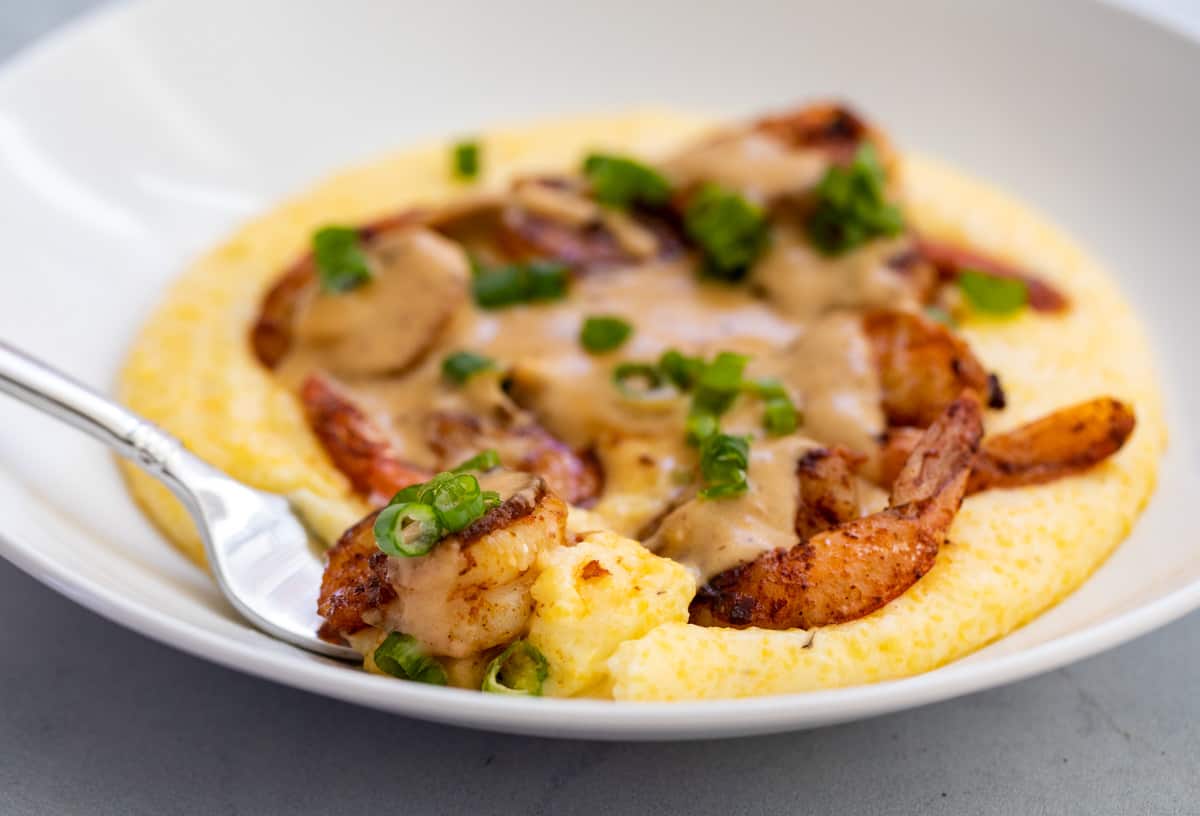
-
:max_bytes(150000):strip_icc()/make-pupusas-stuffed-corn-tortillas-3029694-hero-01-60bc04fc6f5d4215924db80afe3e2ccd.jpg)
-
![Tortilla Soup Image]()
-
![Homemade Tortilla Chips Recipe Image]()
-
![Cornmeal Waffles with Blackberry Compote Image]()
-
![Cornbread Pancakes Image]()
-
![Cornbread Stuffing Image]()
-
![Corn Chowder Image]()
-
![Corn Casserole Image]()
-
![Skillet Vegetarian Enchiladas Image]()
-
![Black Bean Cheese Taquitos Image]()
-
![Slow Cooker Turkey Chili Image]()
-
![Black Bean Salad Image]()
-
![Easy Cornbread Image]()
-
![Vegetable Soup Image]()
-
![Mexican Rice Casserole {Instant Pot} Image]()
-
![Chicken Pot Pie Soup Image]()
-
![Slow Cooker Black Bean Tortilla Soup Image]()
-
![Green Chile Cheddar Cheese Cornbread Image]()
-
![Black Bean and Quinoa Enchilada Zucchini Boats Image]()
-
![Slow Cooker Enchilada Quinoa Image]()
-
![Sweet Potato and Black Bean Mexican Salad Image]()
-
![Black Bean and Quinoa Enchilada Bake Image]()
-
![Cheddar Rosemary Corn Muffins Image]()
-
![Southwestern Pasta Salad with Creamy Avocado Dressing Image]()
-
![BBQ Chicken Salad Image]()
-
![Easy Hamburger Vegetable Soup Image]()
-
![BEST Stuffed Bell Peppers with Ground Beef Image]()
-
![Southwest BBQ Chicken Salad Image]()
-
![BBQ Chicken Salad Image]()
-
![The Best DIY Foil Packet Dinners Image]()
-
![Crockpot Corn Chowder Image]()
-
![Southwestern Stuffed Bell Peppers Image]()
-
![Slow Cooker Chicken Enchilada Soup Image]()
-
![Stetson Potato Salad Image]()
-
![Mexican Chopped Salad with Honey-Lime Dressing Image]()
-
![Chiles Rellenos Casserole Image]()
-
![Italian Vegetable Soup Image]()
-
![Spinach Salad with Chicken, Avocado and Goat Cheese Image]()
-
![Bacon and Corn Griddle Cakes Image]()
-
![Seattle Smoked Salmon Chowder Image]()
-
![Mexican Shrimp Cobb Salad Image]()


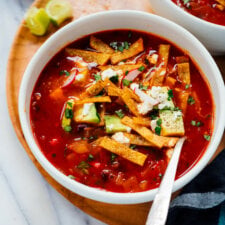
:max_bytes(150000):strip_icc()/Simply-Recipes-Homemade-Tortilla-Chips-LEAD-4-2ee9f24236704db893488b173b72a584.jpg)
